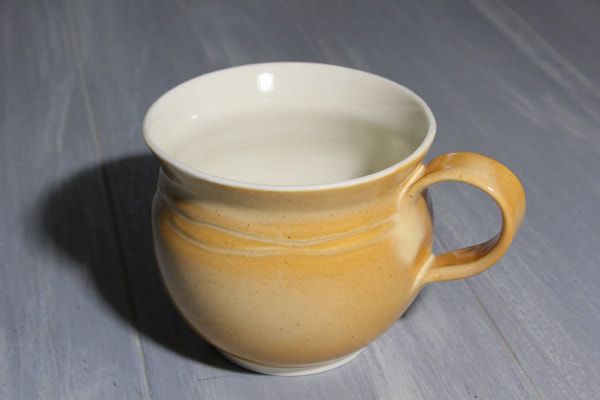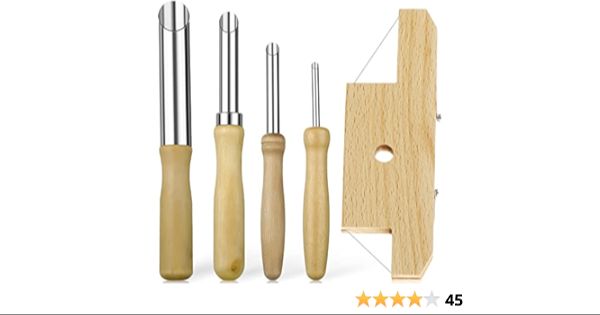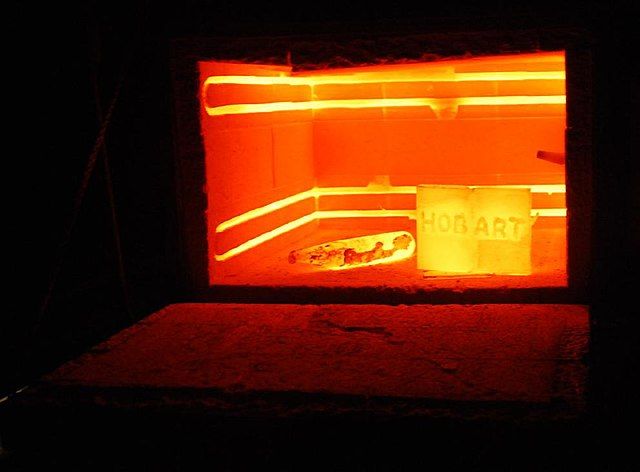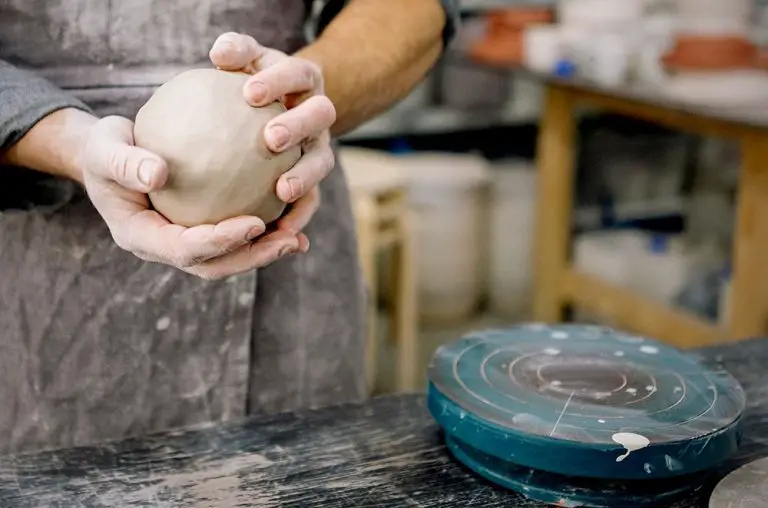Did Bones China Use Human Bones?
Bone china is a type of porcelain that is composed of bone ash, feldspathic material, and kaolin. Though bone china is a relatively modern invention, porcelain itself has a long history stretching back thousands of years. The earliest known porcelain originated in China around the 7th or 8th century CE during the Tang Dynasty. This early porcelain, often referred to as “hard paste” was made from a mixture of clay and ground petuntse rock. Porcelain production spread to Europe starting in the 14th century, though European formulations often used softer paste.
In the mid-18th century, English potter Thomas Frye began experimenting with adding bone ash to the paste mixture, creating the first true bone china. Bone ash consists of burnt animal bone which is ground into a fine powder. It was added to reduce shrinkage and create a translucent white porcelain body. Wedgwood’s Guide to Bone China
Though bone china does not actually contain human bone, a long-standing rumor exists claiming that it does. This misconception likely stems from the misunderstanding of the “bone” part of the name. In reality, cattle bones are used for the bone ash component. Still, the notion that bone china contains human remains has persisted as an urban legend for centuries.
Origins of Bone China
Bone china was invented in England in 1794 by Josiah Spode I. Originally called “artificial porcelain,” it was developed by Spode in an effort to find an English substitute for imported Chinese porcelain. This new type of porcelain contained bone ash as a key ingredient, which gave it a translucent white appearance and a unique lightweight, yet very durable quality.
As described in the article “The Invention of Bone China” on the Spode history blog, Spode is credited by experts as the inventor of bone china: “The Spode company, under Spode I and Spode II, is credited by potters, collectors, researchers and other experts with having invented Bone China in 1794” (https://spodehistory.blogspot.com/p/bone-china.html).
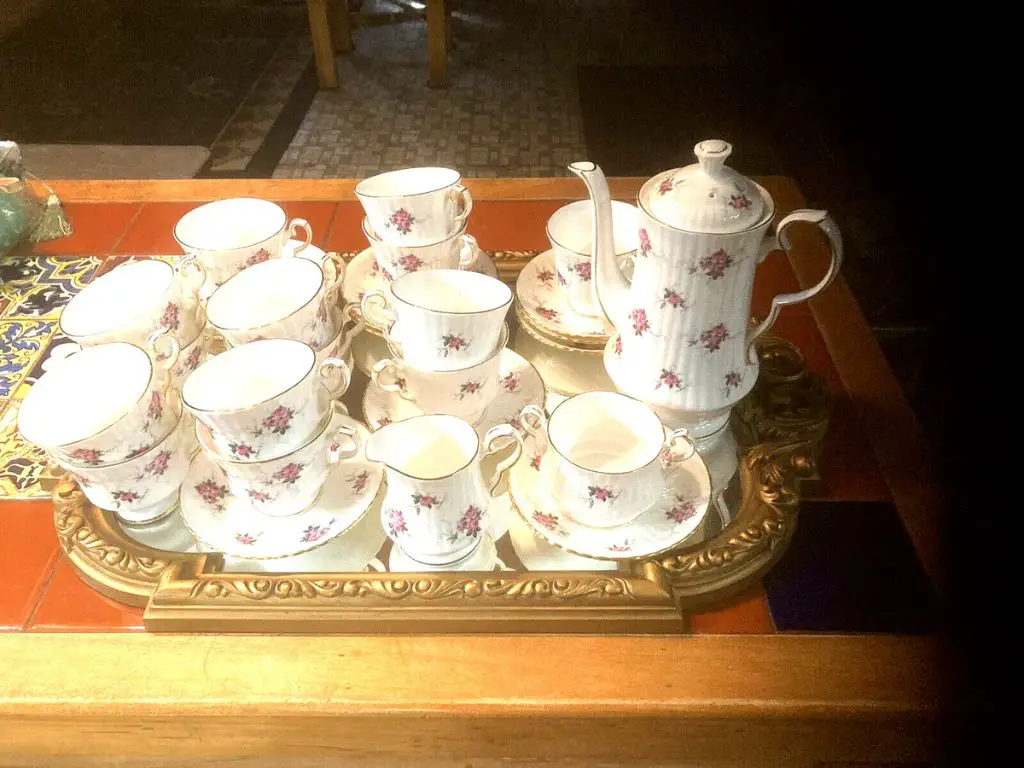
Bone Ash Ingredient
Bone china gets its name from one of its key ingredients: bone ash. Bone ash refers to animal bone that has been burned and ground into a fine powder. Despite the name, this bone ash does not actually come from human bones. Instead, cattle bones are typically used.
The process starts by collecting cattle bones and burning them at very high temperatures, a process known as calcination. This burns away all organic matter, leaving behind the inorganic bone mineral. The remaining bone ash is then finely ground and processed into a powder.
On average, bone china contains about 50% bone ash. The high calcium phosphate content in the bone ash enables the translucent and white qualities associated with fine bone china. While animal bones are used, there is no evidence that human bones have ever been used in the production of bone china.
Why the Rumor Started
The name “bone china” understandably leads some to speculate that it contains actual human bones. The inclusion of “bone” certainly implies that bones are used in the production of bone china. Additionally, bone ash can appear similar in color and texture to cremated human ashes, further fueling the rumor that bone china contains human remains.
However, there is no evidence to suggest that bone china has ever contained human bones. The name likely comes from the bone ash ingredient, which is made by burning animal bones such as cattle. The white color and powdery texture of bone ash gives the appearance of bones or ashes, but the source is exclusively animal bones. While the name may be misleading, bone china does not actually contain any human bones or remains.
No Evidence for Human Bones
Despite the name, there is no evidence that human bones were ever used in the production of bone china. According to the Victoria and Albert Museum (https://www.vam.ac.uk/articles/the-origins-of-bone-china)
, there are no historical accounts of potters illegally obtaining human bones for use in their porcelain mixtures. Using human remains would have been seen as deeply unethical and illegal during the 18th and 19th centuries when bone china first emerged as a product.
The term ‘bone china’ refers to the mixture of bone ash from animal bones with porcelain clay. While early bone china did use cow and sheep bones, the rumored use of human bones likely emerged from the macabre association between ‘bone’ and ‘human’. However, there are no historical records indicating bone china manufacturers ever used human bone ash in their productions. The rumors seem to stem from the grisly name rather than any factual basis.
If human bones were used, it would have completely upset social norms and broken the law. The limited supply of human bones would also make it impractical compared to animal bones procured from legal sources like slaughterhouses and butchers. While the name ‘bone china’ conjures up disturbing images today, examination of the historical evidence shows it has always referred to animal bone ash rather than any use of human remains.
Manufacturing Process
The manufacturing process of bone china involves several steps. The key ingredient is bone ash, which comes from cattle bones collected from slaughterhouses and cattle farms. The bones are washed, crushed, and then burnt in a bone kiln at extremely high temperatures reaching over 1300°C. This incinerates the bone, leaving behind white bone ash powder containing phosphorus and calcium.
The bone ash is then combined with china clay and potash feldspar. These ingredients are mixed with water to create a slurry, which is pressed into molds to form unfired shapes. The pieces go through a bisque firing at around 1000°C to harden them before being glazed and decorated. Finally, the bone china undergoes a glost firing at temperatures of 1200-1400°C to fuse the glaze and complete the transformative process into fine bone china. While the firing temperatures are high, the bone ash ingredient clearly comes from cattle bones rather than any human origins.
For citation, here is the source url wrapped in HTML: Source
Other Bone China Myths
Some other common myths and misconceptions about bone china production include:
Bone china contains radioactive material. This myth likely started because uranium oxide is sometimes added to bone china to give it a brighter, whiter appearance. However, the amounts used are very tiny and not considered dangerous. The fired china does not retain any radioactivity. https://realestatedepot.com/forums/discussion/feedback/breaking-stereotypes-debunking-misconceptions-about-porcelain-and-bone-china-production
Bone china contains poison or toxic materials. This is false – bone china is formulated from safe, non-toxic substances and when fired at high heat becomes fully inert and safe for food and drink use. Modern manufacturers follow strict safety standards.
Overall, while bone china gets its name from containing bone ash, the firing process ensures the final product is safe, stable and non-toxic. The rumors of it containing dangerous or questionable ingredients are simply unfounded myths.
Modern Bone China Production
Bone china remains a popular type of ceramic used for tableware and decorative pieces. According to Wedgwood, over 90% of finely potted tableware produced in England is made of bone china (source). The three major exporting countries of bone china today are England, France and Germany. Famous English bone china brands include Wedgwood, Royal Doulton and Spode. In France, bone china manufacturers are concentrated in the Limoges region. Well-known German bone china brands include Meissen, Rosenthal and Hutschenreuther.
Technological advances have made bone china production more efficient while maintaining quality. Machines now perform most of the shaping and glazing, but final decorations are still often done by hand. Quality bone china continues to be valued for its beauty, translucency and durability.
Impact and Significance
Bone china has had a profound cultural impact and an enduring legacy of influence. As
Spode notes, bone china is prized for its beauty, thinness, translucency and delicacy. The development of bone china in the 18th century revolutionized the English porcelain industry and helped establish Staffordshire as a hub for fine china production.
The introduction of bone ash enabled the creation of thinner and lighter pieces than previous English porcelain. This allowed for more delicate shapes and designs. Bone china became highly desirable among the upper classes and royalty due to its refined appearance and feel. According to luxurybonechina.com, bone china remains a status symbol that is equated with prestige and sophistication.
Bone china continues to be favored for formal tableware settings and collectibles. Well-known manufacturers like Royal Doulton, Wedgwood and Royal Albert keep the legacy of bone china alive today. While production methods have evolved, bone china maintains its reputation for unparalleled quality and beauty.
Conclusion
In conclusion, bone china does not actually contain any human bones. The confusion stems from the ingredient bone ash, which is made by burning animal bones such as cattle and does not involve any human remains. While the idea of human bones in dinnerware sounds disturbing, bone china is safe to use and does not pose any health risks. The manufacturing process to create bone ash removes any organic material, leaving only a harmless mineral component. Bone china’s reputation for durability and beauty has made it a popular choice for fine china dinnerware over the last few centuries. While the name may be misleading, bone china’s composition is animal-based and completely safe.

